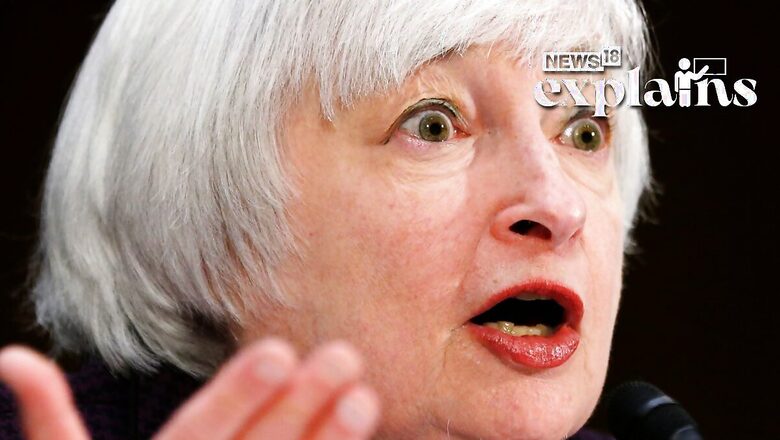
views
President Joe Biden’s departure Wednesday to the G7 in Japan was meant to launch a geostrategic masterclass on rallying the world’s democracies against China. Instead, he will limp into an abruptly truncated journey facing concerns that the US debt ceiling row is about to tear up the global economy.
Biden arrives Thursday in Hiroshima, one of the two cities hit by US atomic bombs in 1945 — a closing chapter to World War II and the start of an era of US leadership across the Pacific that Beijing now seeks to supplant. He will meet leaders from the rest of the G7 club — Britain, Canada, France, Germany, Italy, Japan — that has been so crucial in the US-led drive to enforce unprecedented economic sanctions on China-ally Russia for invading Ukraine.
However, visits next week to Papua New Guinea and to a Sydney summit of the Quad, comprising Australia, India, Japan and the United States, were canceled so that Biden can rush back Sunday and negotiate with Republican opponents on the debt ceiling. For a president who often warns that democracies are in an existential fight to prove their viability against the world’s autocracies, it’s a sobering moment.
“It’s extraordinarily hard… to go to the G7 and talk about economic unity against Russia, economic unity against China, when the dysfunction is coming from inside the house,” Josh Lipsky, at the Atlantic Council, said. Biden downplayed the reshuffling of his schedule, saying, “the nature of the presidency is addressing many critical matters all at once.”
Amid the developments, let’s understand what the US debt ceiling is:
What is the Debt Ceiling?
The debt ceiling is the maximum amount of money that the United States government can borrow to pay for services like social security, Medicare, and the military, as per a report by the Guardian.
Every year, the government collects revenue from taxes and other sources like as customs duties, but it ultimately spends more than it collects. This leaves the government with a deficit that has fluctuated between $400 billion and $3 trillion every year over the last decade. The deficit remaining at the end of the year is eventually added to the country’s total debt.
To borrow money, the United States Treasury issues securities such as US government bonds, which it will eventually repay with interest. When the US government reaches its debt limit, the treasury is unable to issue new securities, thus halting a critical flow of funds into the federal government.
The debt limit, which is currently set at $31.4 trillion, is established by Congress. Since 1960, the debt ceiling has been increased 78 times by both Democratic and Republican presidents. At times, the ceiling was briefly suspended and then reinstated at a higher maximum, thus raising the debt cap retroactively, the report says.
What Happens if…
Because the United States has never defaulted on its debt before, it is uncertain what will happen. It’s not going to be good, the report argues.
“Failure to meet the government’s obligation would cause irreparable harm to the US economy, the livelihoods of all Americans, and global financial stability,” US Treasury Secretary Janet Yellen stated earlier this year in a letter to Congress.
Investors would lose confidence in the US dollar, causing the economy to deteriorate rapidly. Job layoffs would be inevitable, and the US federal government would be unable to continue providing all of its services. Mortgage rates would almost certainly rise, causing the housing market to sink.
Why is US Debt So High?
When the government spends more money or when revenue is lower, the US debt grows.
The United States has been in debt at some point in its history. However, the debt began to balloon in the 1980s, following Ronald Reagan’s massive tax cuts. Because there was less tax revenue, the government had to borrow more money to spend.
The end of the cold war allowed the government to reduce defence spending during the 1990s, while a flourishing economy resulted in more tax collections. The dotcom boom burst in the early 2000s, causing a recession, as per the report.
George W. Bush reduced taxes twice, in 2001 and 2003, before the US military campaigns in Iraq and Afghanistan escalated spending by approximately $6 trillion over the course of the conflict.When the Great Recession began in 2008, the government had to raise expenditure to bail out banks and expand social services as the jobless rate reached 10%.
When the jobless rate recovered to pre-recession levels in 2017, Donald Trump signed a substantial tax cut into law. During his presidency, the national debt increased by $7.8 trillion.Then came the Covid-19 epidemic. The US government passed a series of stimulus legislation totaling $5 trillion to mitigate the worst of the pandemic’s effects.















Comments
0 comment